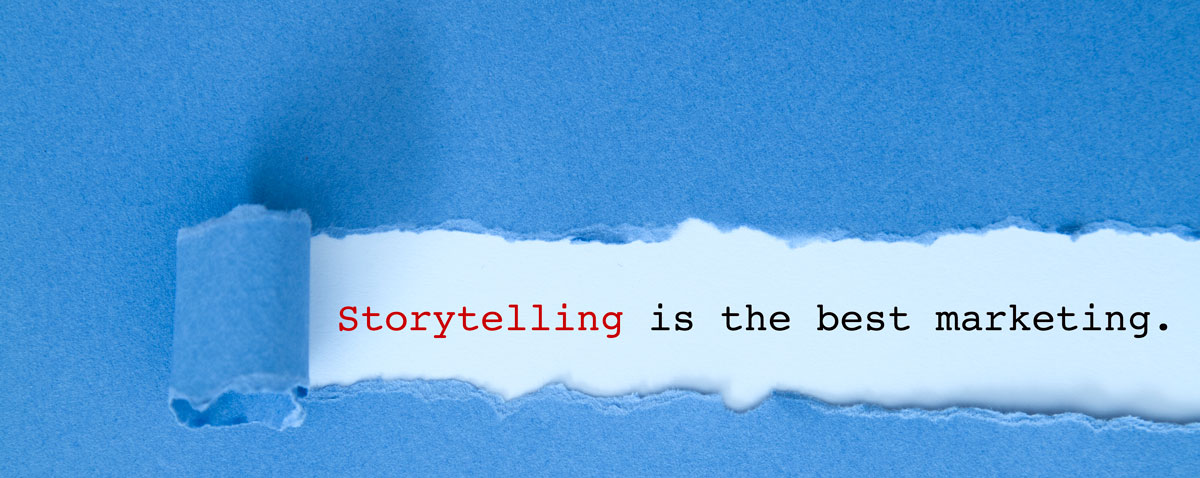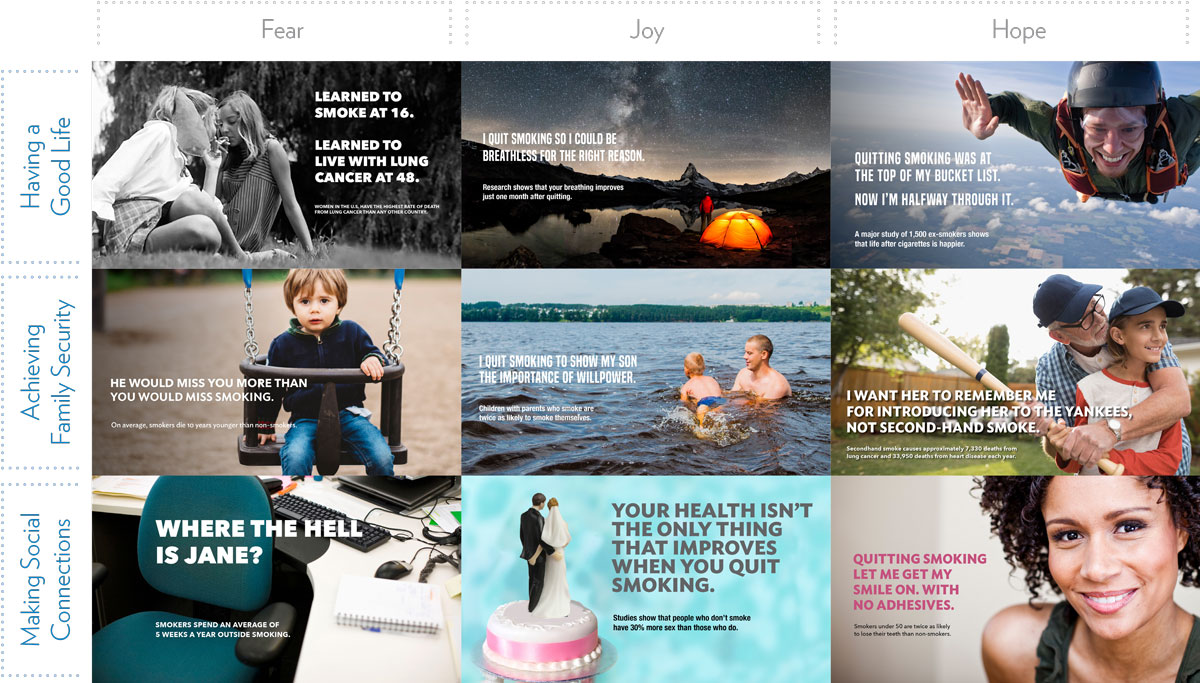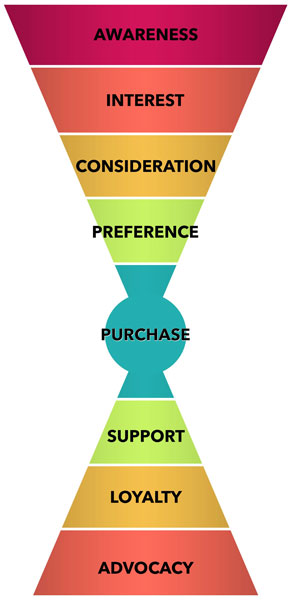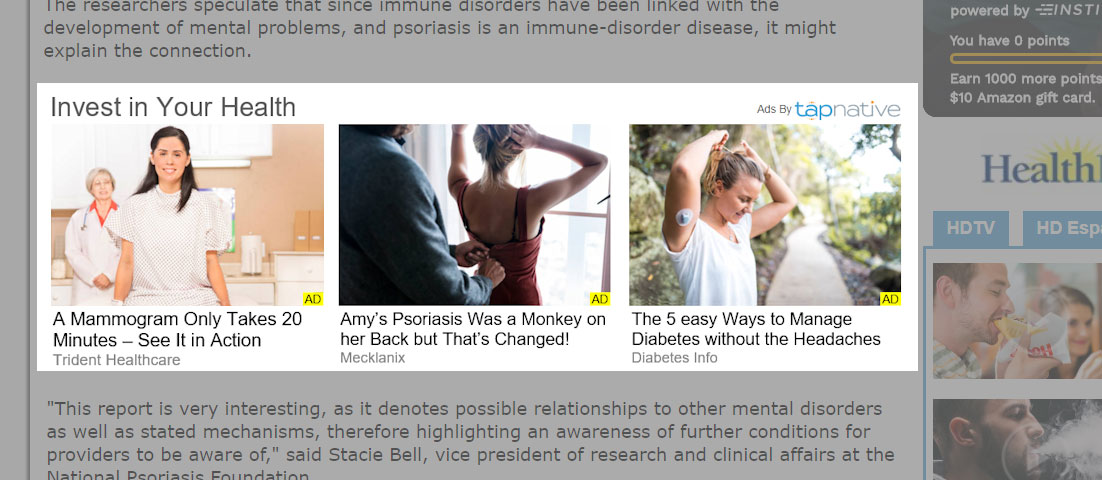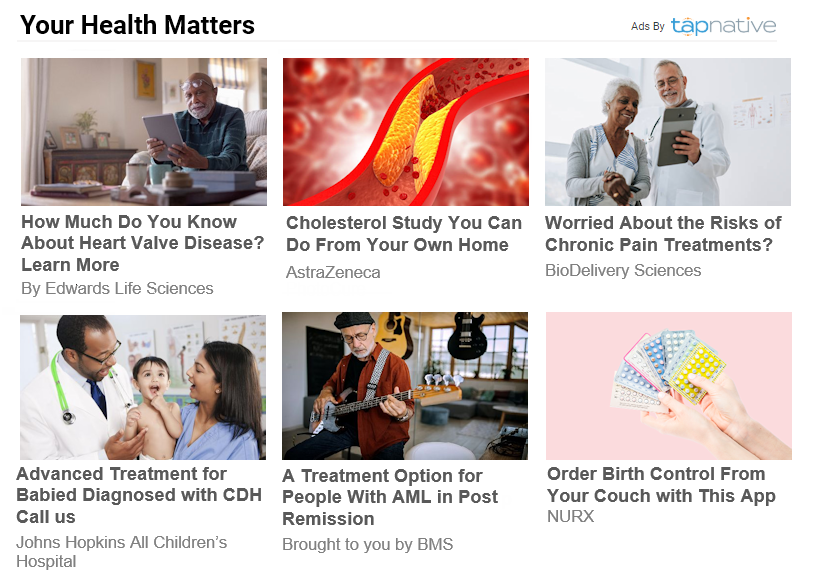Healthcare storytelling is the new healthcare advertising.
By Rafael CosentinoThe health and wellness industry allocates billions to advertising budgets, creating one of the largest advertising categories in the U.S. In a consumer-centric on demand world, as healthcare marketers, how should we talk about our brands? Compliance with regulations leads us to a conservative approach. Creative progress tends to inch along as we lag other less regulated and more nimble industries.
